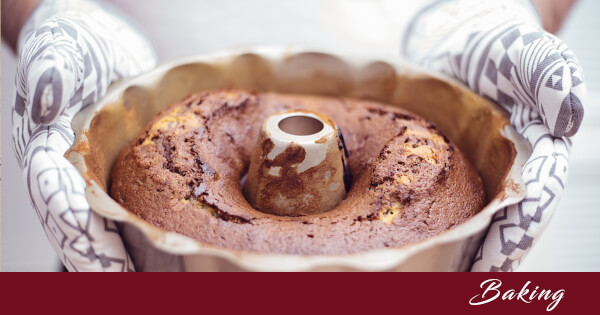Time for more Butter trivia.
“Modern” History
As mentioned in last week’s, Did You Know No Mummy Would Be Caught Dead Without Butter?, until the nineteenth century, butter was produced by hand-churning only.
The first butter production factories were built in the U.S. in the 1860s, and by 1900, more than half the butter produced came from these factories. Americans gobbled up butter until the Great Depression hit. Then, until after World War II, fewer jobs and less money made butter a luxury for many people, especially those living in cities. (People in smaller towns and on farms usually owned a cow and so could churn their own butter.)
Did You Know…
- Between churning butter by hand and producing it in factories, one creative butter-making invention churned it by harnessing dogs, sheep, and/or horses to a special butter-churning treadmill.
Butter vs Margarine
When dairy shortages pushed up butter prices during the first World War, the initial demand for Oleo, a cheap butter alternative, increased. From the Great Depression through World War II, butter fought a losing battle against oleo, a.k.a. margarine. In the 1950s, margarine became butter’s healthful alternative, and by the 1960s outsold butter. But margarine’s stay at the top didn’t last. Worries about trans fats curbed its popularity, allowing butter to rise to the top once more.
Did You Know…
- Napoleon III was the force behind margarine being invented. In 1869, he offered a cash prize to anyone who could create a “cheap, plentiful butter substitute.” (The country was facing a butter shortage and possible war with Prussia, and he needed something to feed his soldiers and lower-class citizens.)
- The original 1869 margarine was a mixture of beef tallow and skimmed milk. Its first name, “Economic Butter,” bombed. Instead, it became known as “Margarine.”
- In the early 1870s, a New Yorker patented a new form of margarine, using vegetable or coconut oil rather than beef fat.
- “Oleo” is short for “Oleomargarine.”
- It was illegal for manufactures to make oleo look like butter. To get around this—and keep customers happy—small packs of yellow dye (to be added by the purchaser) were sold with the oleo. The last of the dye laws were struck down in 1976.
- A shortage of butter in 1942 led to rationing in 1943 and 1944. It wasn’t until the end of 1945 that the rationing of butter and margarine came to an end.
Tips
For perfect results in the kitchen, follow the recipe, especially when it comes to butter. Remember…
- Always use butter at room temperature unless the recipe says differently. How your baked goods turn out can be changed by using butter at the wrong temperature and consistency.
- To soften butter properly, leave it on the counter for 30-60 minutes. How quickly it softens depends on your kitchen’s temperature. You can speed up the process by grating or cutting it into smaller pieces. Do not use the microwave.
- Butter and oil are not the same and should not be substituted for each other. They can’t be measured the same—even if the butter is melted—and don’t work the same in recipes. Adding oil to cake batter makes the cake moister, while adding butter makes it denser and more flavorful.
- You can freeze butter in an air-tight container, but thaw for 24 hours in the refrigerator before using.
- Exposure to light or air will eventually make butter rancid, so keep it wrapped tightly.
- Butter’s flavor can be improved by adding spices like cinnamon, sugar, garlic, or herbs.
Did You Know…
- To keep butter fresh longer, salt is added, but unsalted butter is best for cooking/baking.
- Butter is sold in square blocks or rectangular sticks because it’s easier to package, ship, stack, and measure.
- Refrigerators in New Zealand once featured a “butter conditioner,” a compartment that kept butter cooler than room temperature but warmer than the rest of the frig.
Final Spread
Who knew something as commonplace as butter had such a fascinating history or so many dos and don’ts?


After reading the latest DYK I felt that I butter submit a comment to thank you for the newfound knowledge I have about one of my favorite ingredients.
I had no idea butter should be used at room temperature when cooking with it. Good to know!
Thank you for sharing this post.
After reading your comment, Bryan, I decided I’d butter submit a response. Other than sugar, butter is probably the ingredient I use most when baking or making candy. And while I had a cursory idea of how important its temperature and consistency are, I will definitely be paying closer attention to it going forward. Thanks for reading.